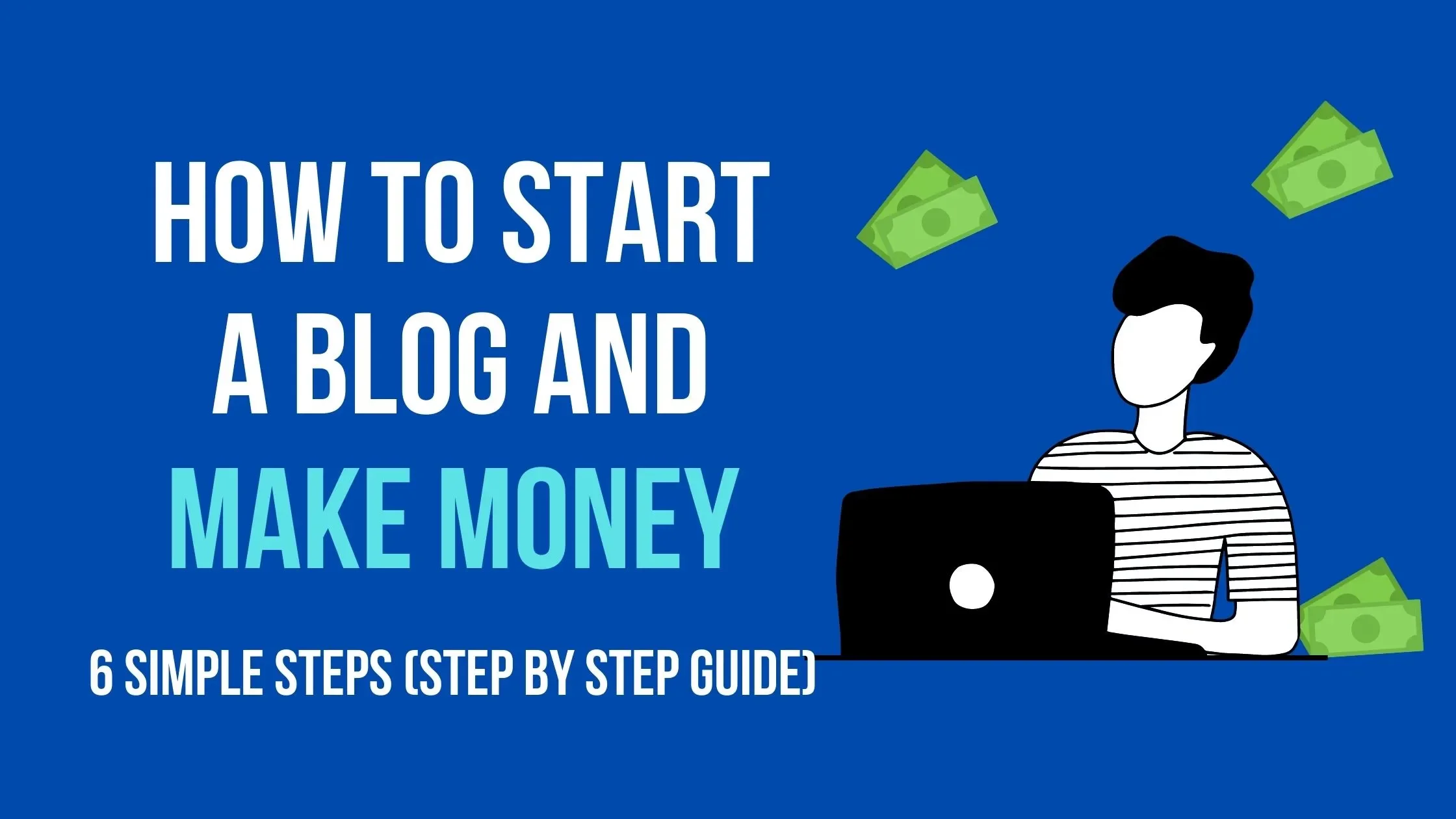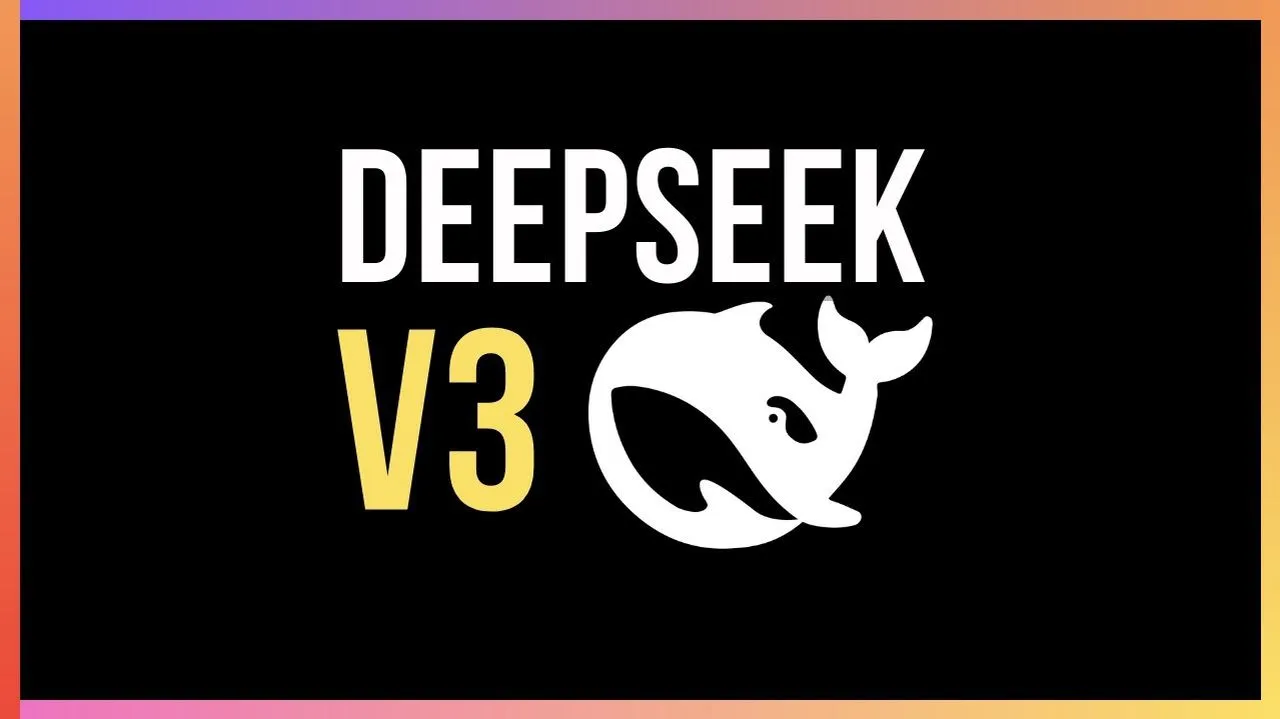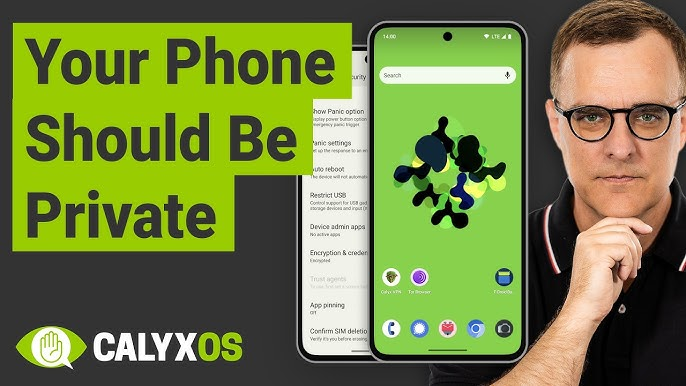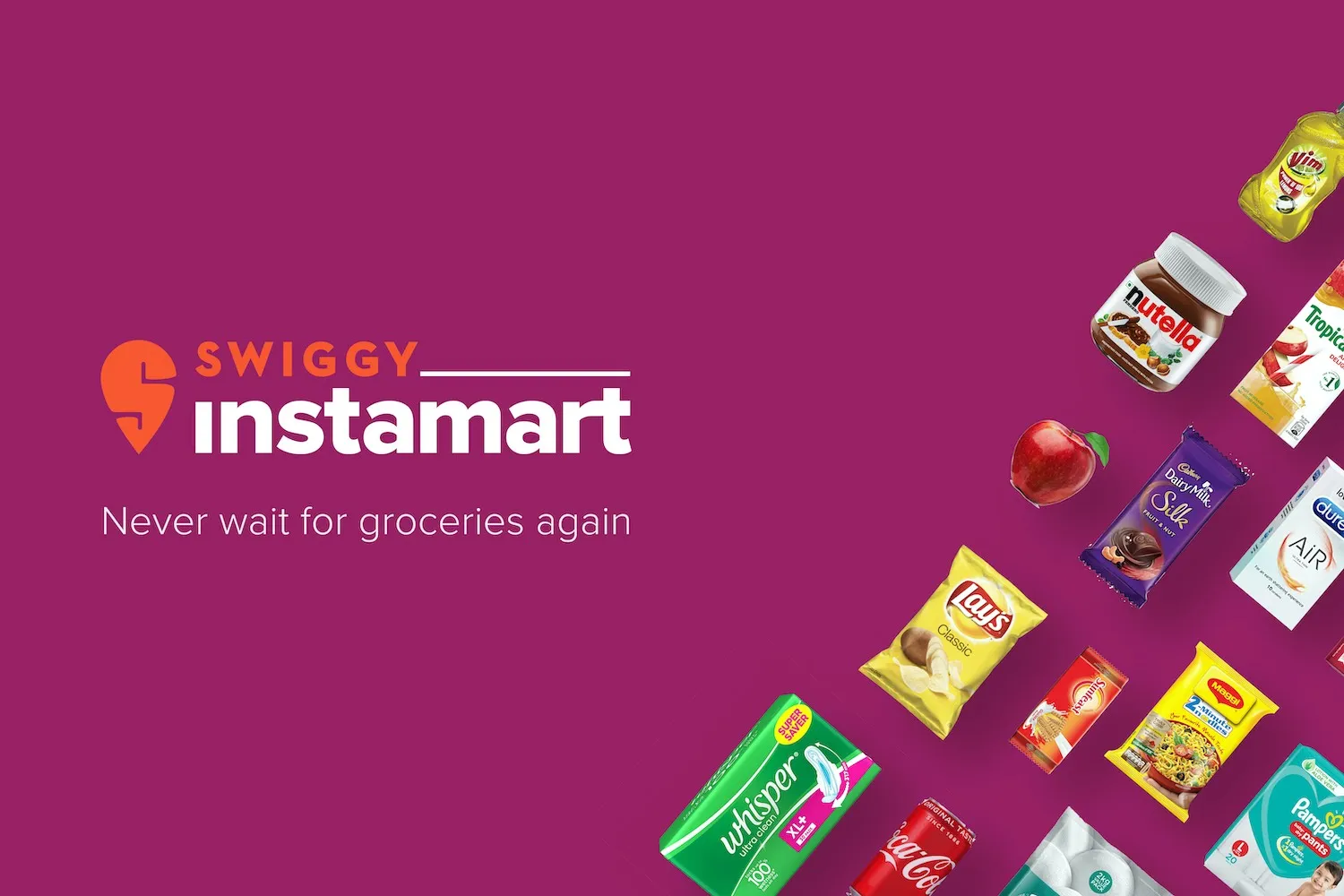
Starting a blog in 2024 is an exciting opportunity for anyone looking to share their expertise, hobbies, or insights with a global audience. Blogging can be more than just a creative outlet—it can also be a lucrative venture if done right. This guide will take you through the step-by-step process of launching your blog, from choosing a niche to setting up your site, producing content, and monetising your blog to earn money. We’ll also touch on the technical requirements like WordPress hosting, as well as some of the challenges you may face along the way.
Step 1: Choose Your Blog Niche
The first step in starting a successful blog is choosing a niche. This is the area or topic that you will write about consistently. It’s essential to pick a niche that you’re passionate about and have some knowledge of, but it’s also important to ensure that it has the potential to attract a large and engaged audience.
Popular niches in 2024 include:
- Health and Wellness
- Personal Finance
- Technology
- Travel
- Food and Recipes
- Lifestyle and Fashion
- Parenting
- Personal Development
Why a Niche Matters
A well-defined niche helps your blog stand out in a crowded internet space. It also makes it easier to attract a loyal audience because your readers will know exactly what kind of content to expect from you. Additionally, having a niche allows you to target specific keywords for SEO, making it easier for search engines like Google to understand and rank your site.
Step 2: Choose a Blogging Platform
In 2024, one of the most popular platforms for blogging is WordPress.org. WordPress is an open-source content management system (CMS) that offers extensive customisation options and flexibility. Most professional bloggers opt for WordPress because it gives them complete control over their blog, from design to functionality.
Why Choose WordPress.org:
- Customisation: Thousands of free and premium themes and plugins allow you to customise your blog.
- Ownership: With WordPress.org, you own your blog and its content.
- SEO-Friendly: WordPress is known for its SEO features, making it easier to optimise your content for search engines.
Other popular blogging platforms include Blogger, Wix, and Squarespace, but these may be less flexible compared to WordPress.
Step 3: Secure a Domain Name and Hosting
To start a blog that earns money, you’ll need two crucial things:
- A Domain Name: This is your blog’s web address (e.g., www.yourblogname.com).
- Web Hosting: Hosting is the service that stores your blog’s data and makes it accessible on the internet.
Choosing a Domain Name
Your domain name should be short, memorable, and relevant to your blog’s niche. Avoid using numbers or hyphens, as these can make it harder for readers to remember or type. Domain names ending in .com are typically the best choice, though .co.uk is a good option for UK bloggers.
Popular domain registrars include Namecheap, GoDaddy, and Bluehost.
Selecting Web Hosting
For WordPress blogs, it’s essential to choose a reliable hosting provider. Hosting companies store your blog’s data on their servers and ensure your site is up and running 24/7. Here are some popular hosting services that work well with WordPress:
- Bluehost: Known for its affordability and WordPress integration, making it a beginner-friendly option.
- SiteGround: Offers excellent customer support, speed, and reliability.
- HostGator: Provides low-cost hosting with plenty of features for new bloggers.
Look for hosting providers that offer:
- One-click WordPress installation
- 24/7 customer support
- Free SSL certificate for secure browsing
- Backups and storage options
Step 4: Install WordPress and Set Up Your Blog
Once you’ve secured your domain and hosting, it’s time to install WordPress. Most web hosts offer one-click WordPress installations, making this step easy.
Steps to Install WordPress:
- Log in to your hosting account.
- Find the WordPress installation icon, usually under “website” or “content management.”
- Click ‘Install’ and follow the prompts.
- Choose your domain for installation.
- Complete the setup, and your blog will be live!
Once installed, you can log in to your WordPress dashboard by going to www.yourblogname.com/wp-admin. This is where you’ll manage your site, from uploading content to customising your design.
Customising Your Blog
After installing WordPress, the next step is to choose a theme that aligns with your brand and niche. WordPress offers thousands of free and premium themes, many of which can be customised without needing to know how to code. Astra and OceanWP are popular themes known for their speed and flexibility.
You can install a theme by navigating to Appearance > Themes in your WordPress dashboard, selecting “Add New,” and choosing a theme that suits your blog.
Step 5: Create High-Quality Content
Content is king in the blogging world. Once your blog is set up, you need to start creating high-quality, engaging content that resonates with your target audience. Blog posts should be informative, easy to read, and well-structured.
How to Write a Great Blog Post:
- Research: Understand what your audience is searching for by using tools like Google Trends or Ahrefs to find relevant keywords.
- Engaging Titles: Your title should grab the reader’s attention and encourage them to click.
- Subheadings: Break up text into digestible chunks using headings and subheadings.
- Visuals: Use images, infographics, and videos to make your posts more engaging.
- SEO Optimisation: Use a plugin like Yoast SEO to ensure your posts are optimised for search engines.
Consistency is key when building a blog. Aim to post regularly, whether that’s weekly or bi-weekly, to keep your audience engaged and returning for more.
Step 6: Drive Traffic to Your Blog
Without traffic, it’s impossible to monetise your blog. In 2024, there are several ways to drive traffic to your blog:
- Search Engine Optimisation (SEO): This involves optimising your blog posts for relevant keywords so that they rank higher in Google search results. Use on-page SEO techniques like keyword optimisation, meta descriptions, and internal linking to improve visibility.
- Social Media: Share your posts on platforms like Instagram, Facebook, Twitter, and Pinterest to drive traffic.
- Email Marketing: Build an email list and send out regular newsletters to your subscribers.
- Guest Blogging: Write guest posts for other blogs in your niche and include a link back to your own blog.
Step 7: Monetise Your Blog
Once you’ve built a steady stream of traffic, it’s time to monetise your blog. There are several ways to make money from blogging in 2024:
1. Affiliate Marketing
Affiliate marketing involves promoting other companies’ products and earning a commission for each sale made through your referral link. Platforms like Amazon Associates and Awin offer access to numerous affiliate programs.
2. Display Advertising
Sign up for advertising networks like Google AdSense to display ads on your blog. You get paid based on clicks or impressions. Alternatively, you can use more premium networks like Mediavine once your traffic reaches a certain threshold.
3. Sponsored Content
As your blog grows, brands may approach you to write sponsored posts where you review or promote their products. Sponsored content can be a highly profitable way to earn money, especially in niches like fashion, travel, and tech.
4. Digital Products and Courses
Many successful bloggers create their own products, such as eBooks, online courses, or printables. These products allow you to earn passive income as readers purchase them directly from your blog.
Step 8: Overcoming Challenges
Blogging in 2024 comes with its own set of challenges. These include:
- Competition: The blogging space is crowded, so standing out requires unique content and dedication.
- Time Commitment: Consistency is key, and growing a blog takes time and effort.
- Technical Hurdles: You may face issues with plugins, website speed, or SEO. Regular updates and learning new skills can help.
Starting a blog in 2024 can be both rewarding and profitable, but it requires patience, persistence, and a willingness to learn. With the right tools and strategies, your blog could turn into a successful business.






